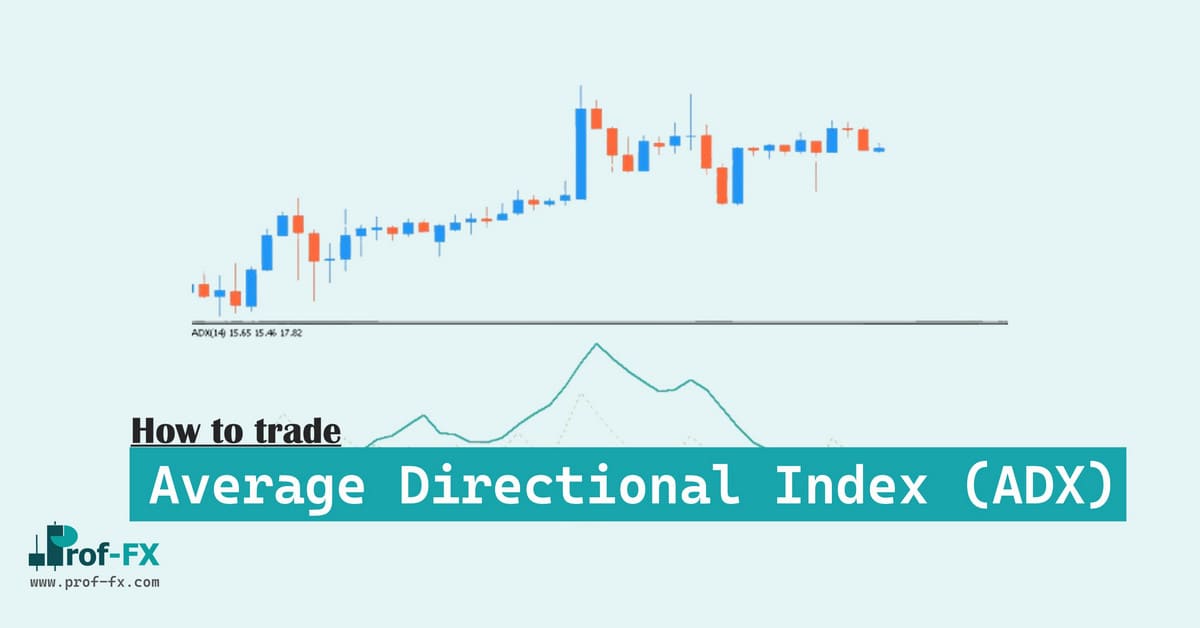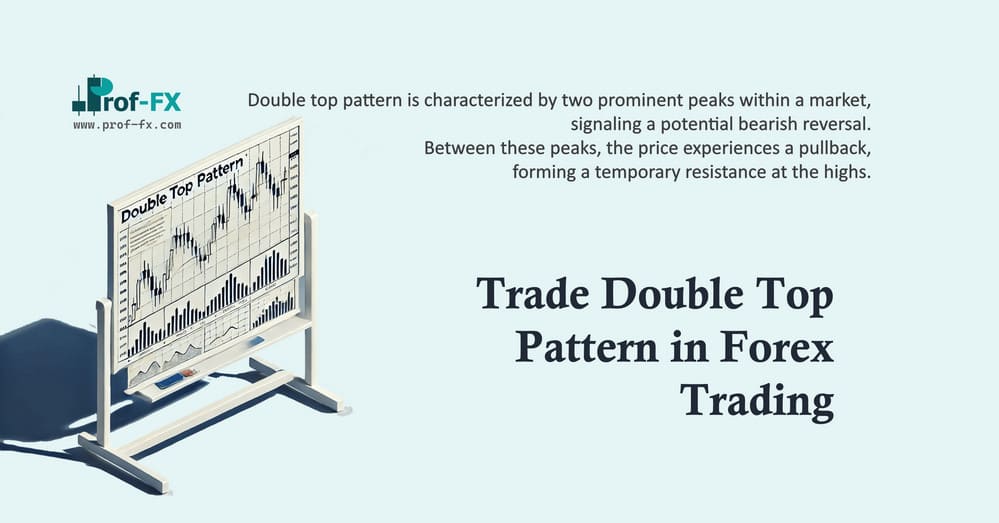The euro (EUR) is the official currency of the countries that make up the euro area, or Eurozone. This is not to be confused with the European Union, which is a much larger group of countries.
The Eurozone was created on January 1, 1999, and originally included the following 11 member countries:
- Austria
- Belgium
- Finland
- France
- Germany
- Ireland
- Italy
- Luxembourg
- Netherlands
- Portugal
- Spain
Additional countries were allowed to join the Eurozone once they could do the following:
- Keep inflation rates below a ceiling that was set at 1.5 percentage points above the average of the three members with the lowest inflation rates.
- Keep government deficits below 3 percent of gross domestic product (GDP).
- Maintain a stable currency within the European exchange-rate mechanism (ERM II) for at least two years.
- Keep long-term interest rates below a ceiling set at 2 percentage points above the average of the three members with the lowest inflation rates.
Greece joined the euro on January 1, 2001; Slovenia joined on January 1, 2007; Cyprus and Malta joined on January 1, 2008; Slovakia joined on January 1, 2009; and Estonia joined on January 1, 2011.
We’re not done yet, though. While the following countries are not officially part of the Eurozone, they do use the euro: Montenegro, Monaco, San Marino, and Vatican City.
What Countries Are Most Important?
As you evaluate the euro, you have to remember that it is important not only to look at the Eurozone as a whole, but also to look at the health and stability of each of the individual countries in the Eurozone.
If you are looking to see which countries drive most of the economic activity in the Eurozone, check out the following:
- Germany, the fifth largest economy in the world
- France, the ninth largest
- Italy, the tenth largest
- Spain, the thirteenth largest
If you are looking to see which countries pose the greatest threat to the monetary union because of their mounting debt burdens and unstable sovereign debt markets, consider the PIIGS, which consist of Portugal, Ireland, Italy, Greece, and Spain. The European sovereign debt crisis of 2010 began in Greece and then re, id to Ireland. At the time of the writing of this book, investors are wondering whether the crisis is going to spread to Portugal, Own to Spain, and eventually on to Italy and beyond.
You see, one of the fundamental problems facing the Eurozone is it has a unified monetary policy but a fractured fiscal policy. We’ll discuss this in more depth shortly, but for now, you need to know that even though the euro has become a successful and dominant currency on the world stage, it still faces some underlying challenges.
Hopefully, this gives you a basic overview of the euro and he Eurozone. As we go through the next few questions, we will 1w focusing on the top three economies in the Eurozone: Germany, France, and Italy.
Trade Surplus or a Trade Deficit?
Germany runs a trade surplus of $162.3 billion, giving the country I ranking of 3 out of the 190 countries tracked by the CIA in The World Factbook.
France runs a trade deficit of S53.29 billion, giving the country a ranking of 187 out of the 190 countries.
Italy runs a trade surplus of $61.98 billion, giving the country I ranking of 188 out of the 190 countries.
What Does Your Economy Export?
Germany exports machinery, vehicles, chemicals, metals, manufactures, foodstuffs, and textiles.
According to the World Trade Organization (WTO), Germany exports $1,126.4 billion in goods and merchandise compared to only $226.6 billion in commercial services. The WTO breaks down those exports as follows:
Goods and Merchandise
- Agricultural products: 6.9 percent
- Fuels and mining products: 4.7 percent
- Manufactures: 86.1 percent
Commercial Services
- Transportation: 22.9 percent
- Travel: 15.3 percent
- Other commercial services: 61.7 percent
France exports machinery, transportation equipment, aircraft, plastics, chemicals, pharmaceutical products, iron, steel, and beverages.
According to the WTO, France exports $484.7 billion in goods and merchandise compared to only $142.5 billion in commercial services. The WTO breaks down those exports as follows:
Goods and Merchandise
- Agricultural products: 13.2 percent
- Fuels and mining products: 5.8 percent
- Manufactures: 79.0 percent
Commercial Services
- Transportation: 22.5 percent
- Travel: 34.7 percent
- Other commercial services: 42.8 percent
Italy exports engineering products, textiles and clothing, production machinery, motor vehicles, transport equipment, chemicals, food, beverages, tobacco, minerals, and nonferrous metals.
According to the WTO, Italy exports $405.8 billion in goods and merchandise compared to only $114.6 billion in commercial services. The WTO breaks down those exports as follows:
Food and Merchandise
- Agricultural products: 8.9 percent
- Fuels and mining products: 5.5 percent
- Manufactures: 83.5 percent
Commercial Services
- Transportation: 13.4 percent
- Travel: 39.8 percent
- Other commercial services: 46.8 percent
To Whom Does Your Economy Export?
The WTO ranks the following countries as the top destinations for exports from Germany:
- European Union: 62.9 percent
- United States: 6.7 percent
- China: 4.5 percent
- Switzerland: 4.4 percent
- Russian Federation: 2.5 percent
The WTO ranks the following countries as the top destinations for exports from France:
- European Union: 62.0 percent
- United States: 5.9 percent
- Switzerland: 3.0 percent
- China: 2.4 percent
- Russian Federation: 1.5 percent
The WTO ranks the following countries as the top destinations for exports from Italy:
- European Union: 56.9 percent
- United States: 5.9 percent
- Switzerland: 4.7 percent
- China: 2.3 percent
- Russian Federation: 2.2 percent
What Does Your Economy Import?
Germany imports machinery, vehicles, chemicals, foodstuffs, textiles, and metals.
According to the WTO, the country imports $938.3 billion in goods and merchandise compared to only $253.1 billion in commercial services. The WTO breaks down those imports as follows:
Goods and Merchandise
- Agricultural products: 10.3 percent
- Fuels and mining products: 14.9 percent
- Manufactures: 72.7 percent
Commercial Services
- Transportation: 20.7 percent
- Travel: 32.0 percent
- Other commercial services: 47.3 percent
France imports machinery and equipment, vehicles, crude oil, aircraft, plastics, and chemicals.
According to the WTO, the country imports $559.8 billion in goods and merchandise compared to only $126.4 billion in commercial services. The WTO breaks down those imports as follows:
Goods and Merchandise
- Agricultural products: 10.4 percent
- Fuels and mining products: 15.0 percent
- Manufactures: 74.0 percent
Commercial Services
- Transportation: 26.1 percent
- Travel: 30.5 percent
- Other commercial services: 43.3 percent
Italy imports engineering products, chemicals, transport equipment, energy products, minerals and nonferrous metals, textiles and clothing, food, beverages, and tobacco.
According to the WTO, the country imports $412.7 billion in goods and merchandise compared to only $114.6 billion in commercial services. The WTO breaks down those imports as follows:
Goods and Merchandise
- Agricultural products: 12.5 percent
- Fuels and mining products: 21.1 percent
- Manufactures: 65.2 percent
Commercial Services
- Transportation: 20.0 percent
- Travel: 24.3 percent
- Other commercial services: 55.7 percent
From Whom Does Your Economy Import?
The WTO ranks the following countries as the top sources of imports to Germany:
- European Union: 58.3 percent
- China: 8.3 percent
- United States: 5.9 percent
- Switzerland: 4.2 percent
- Russian Federation: 3.7 percent
The WTO ranks the following countries as the top sources of imports to France:
- European Union: 60.3 percent
- China: 7.6 percent
- United States: 6.4 percent
- Switzerland: 2.5 percent
- Russian Federation: 2.4 percent
The WTO ranks the following countries as the top sources of imports to Italy:
- European Union: 57.1 percent
- China: 6.5 percent
- Russian Federation: 4.1 percent
- Switzerland: 3.5 percent
- Libyan Arab Jamahiriya: 3.4 percent
Do You Have an Attractive Government Debt Market?
The euro is unique in this area because the Eurozone does not have a single, unified government debt market. Instead, each country within the Eurozone still has its own government debt market. This is part of what led to the sovereign debt crisis of 2010, which started in Greece and then spread to Ireland. So when you are looking at government debt in the Eurozone, you have to look at each country individually. As you do so, try to remember that “a chain is only as strong as its weakest link.”
However, Moody’s has given the Eurozone a current, cumulative rating of Aaa. This was the first and only rating that the group was given. This is a positive sign for the country’s government debt market.
Do You Have an Attractive Equities Market?
Eurozone has many attractive equities markets. France has the sixth largest equities market in the world, with a total market value of $1.972 trillion; Germany has the ninth largest equities market in the world, with a total market value of $1.298 trillion”; and Spain has the eleventh largest equities market in the world, with a total market value of $1.297 trillion.
Central Bank Mandate
The primary objective of the European Central Bank (ECB) is to maintain price stability by keeping inflation rates below but close to 2 percent. The ECB has foreign currency reserves of $53,699 million and gold deposits of $22,305 million.
Government Intervention in Forex
The European Union and the European Central Bank (ECB) are not known for their interventionist tendencies. In fact, the last ti me they intervened in the Forex market was on November 3, 2000.
Important Economic Announcements
When you are watching the economic announcements coming out of the Eurozone, make sure that you keep your eye on the following:
- European Central Bank (ECB) minimum bid rate
- Preliminary gross domestic product (GDP)
- Trade balance
- German unemployment
- German industrial production
- German ZEW (Zentrum fur Europaische Wirtschaftsforschung) Indicator of Economic Sentiment
- German IFO (Institut fur Wirtschaftsforschung) Business Climate Index
- CPI flash estimate
- German consumer price index (CPI)
Are You a Safe-Haven Currency?
No, the euro is not considered to be a safe-haven currency.
How Can I Trade You?
You can trade the euro using any of the following:
- Spot Forex
- Forex futures
- Exchange-traded funds (ETFs)
- Exchange-traded notes (ETNs)
- Spot Forex options
- Exchange-traded Forex options














